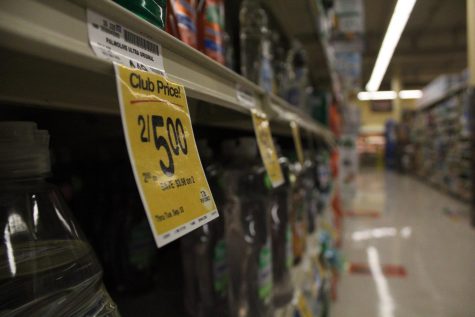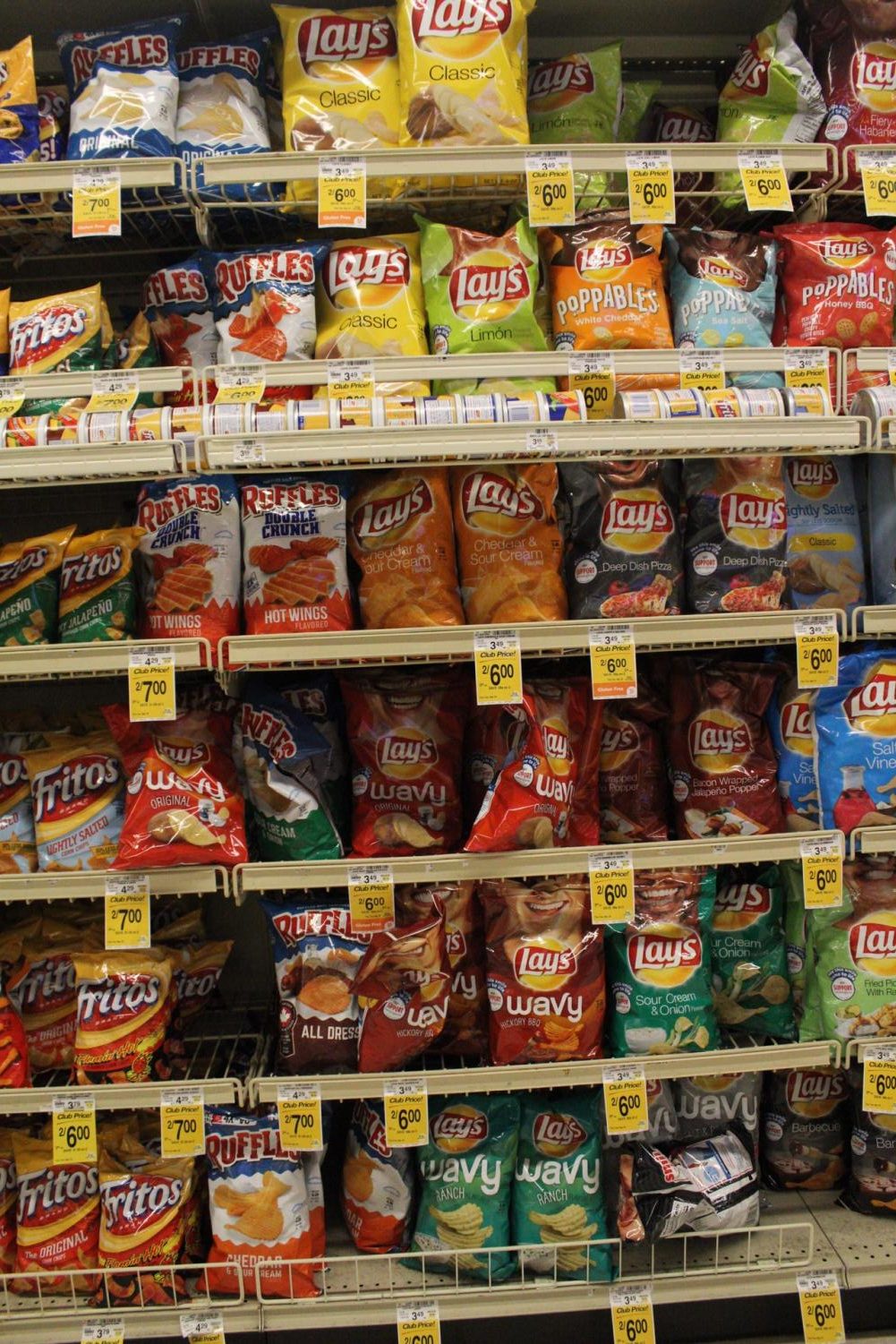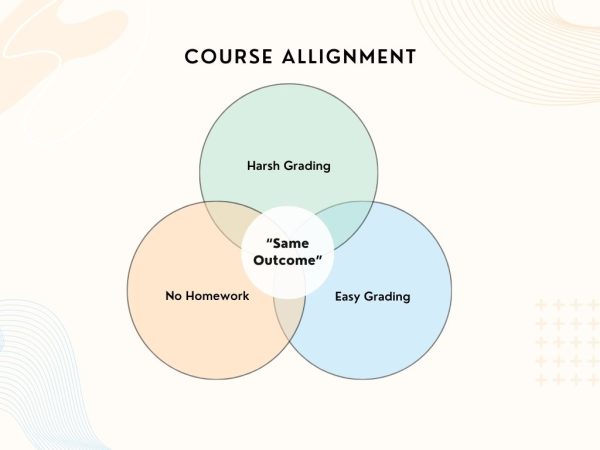Bennett Somerville lives off $5 a day to explore the life of CalFresh dependence
September 15, 2019
Walking through the aisles of Woodlands Market, it is hard to find an item under $5. That small sum could buy you anything from two apples to half a smoked salmon sandwich to a small container of pesto, none of which can sustain anybody for an entire day. Despite the challenge, junior Bennett Somerville has spent 10 days for the past three years living off $5 a day to simulate living off of food stamps. Food stamps, called CalFresh in California, is a government program that allows around four million people statewide to purchase fresh food every day. However, this challenge helped Somerville beyond just understanding what it’s like to be dependent on $5 a day.

“I definitely think I’ve grown the skills of knowing what foods to buy, where to go and the importance of buying in bulk. Before the challenge, I really didn’t know how much my food costs, but now I’m definitely more aware of it,” Somerville said.
The amount of money received from CalFresh can vary from around 50 cents to $11 per day for a two-person family, averaging at almost $5 dollars a day. This fluctuation is due to differences in household income and expenses.
Stephanie Nishio is a worker at the California Association of Food Banks, which partners with CalFresh.
“California implemented categorical eligibility several years ago. It helps people who are working still qualify for benefits. Typically, the households that categorical eligibility helps the most are [people] with children, people over 60 and/or people with disabilities,” Nishio said.

In addition to $5 a day, Bennett and his mom, Sue Somerville, were also not allowed to consume alcohol, caffeine or refined sugar. This year they decided to add the additional hardship of no non-recyclable packaging.
“Many people think that if you want to eat environmentally friendly you can’t do cheap. I think that’s a misconception and I think doing the challenge helped disprove that,” Bennett said.
Despite the additional challenges, Bennett and Sue actually ended up using a little less than $4 a day each. They also ate plenty of balanced meals which, due to good planning, was not too hard to do.
“We make an entire plan every year of the meals we think we are going to eat,” Sue said. “We actually make calculations to make sure there are enough calories in the day and then we do pre-shopping where we look at what prices will be. We use a Google Sheet document so even while we are walking through the store and collecting items we can add them up to ensure we are meeting our budget.”
Generally, the Somervilles ate brown rice and beans or canned meats for lunch and dinner and mainly relied on oatmeal for breakfast, because it has a high calorie content and can be bought for 89 cents a pound. They also had sour cream, salsa, carrots, eggs and papaya. Due to restrictive materials, following recipes proved to be difficult and they often had to make simple ingredients, such as chicken broth, from scratch.
However, Bennett wants to make this challenge more difficult next year because he feels that it did not accurately portray what it was truly like to be on food stamps.
“I suggested it for next year, my mom isn’t very encouraging of this idea, but [I want to try not to use a] car. Often, people reliant on food stamps are working two jobs without a car and living by food deserts with no healthy food within a reasonable range. Without this addition we are not really living the food stamp experience,” Bennett said.






















